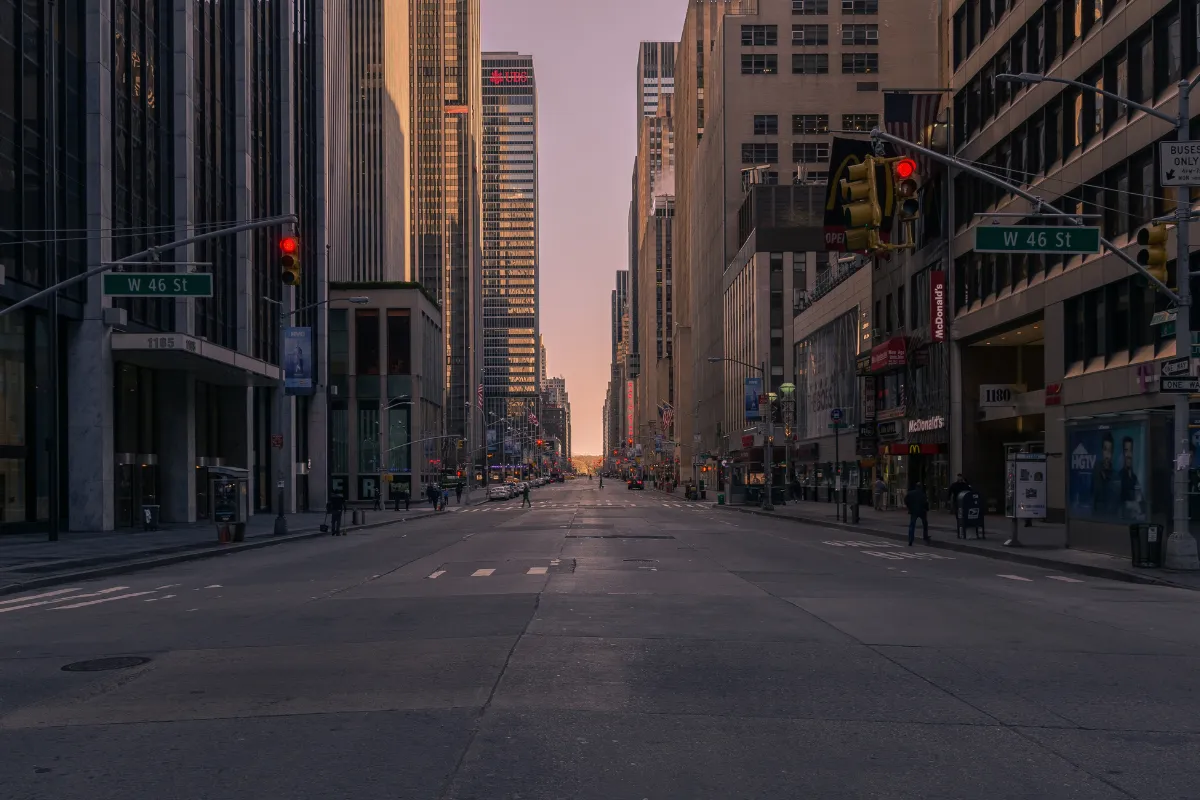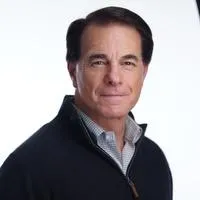
Lessons From The Silicon Valley Bank Collapse
It was an extraordinary experience for the years we lived in Cupertino, AKA Silicon Valley. During the late 1990s, neighbors were becoming millionaires and some billionaires overnight when their companies had an Initial Public Offering (IPO). Employees at all levels, from the receptionist to CEO, celebrated in high fashion the day of their company's IPO and again when their stock restrictions to sell expired, typically two years later. My then 10-year-old financially astute son, Nyle, could not understand why my employer didn't have an “IPO” (already listed on the NYSE) and why we weren't going on lavish trips or getting really cool stuff. The holidays were worse.
All this to say, the heydays of Silicon Valley were a unique time that only could be understood by being there. The collapse of Silicon Valley Bank (SVB) on Friday after 40 years of exceptional growth shocked the stock market as the stock sunk 60% and plummeted the KBW Bank Index by 19% the past week. Federal Regulators took control of the bank and failed to sell it in an auction over the weekend. Regional banks like East West Bancorp and First Republic dropped 21% and 58%, respectively, last week due to similar concerns of illiquidity. Over the weekend, the Federal Deposit Insurance Corporation (FDIC) took control of Signature Bank, the 6th largest bank in the US based in New York and another victim of crypto-currency engagement. Needless to say, the credit markets are in turmoil, and the question on everyone's mind is, what is next?
To minimize the short-term risk of a possible panic and run-on bank withdrawals, FDIC regulators and even President Biden announced their support of the banking industry and steps to secure people's deposit accounts. However, the systemic issues that impacted these banks could potentially be the “tip of an iceberg” dependent on how the investment committees of financial institutions manage their treasury and loan portfolios through the next several months.
Just as in plane crashes, it's not one isolated incident that typically is the cause of the accident. It's a cumulative number of incidents that individually would not be catastrophic but collectively are. The roots of last week's collapse of SVB, formerly the 16th biggest bank in the US, started in 2020.
After 40 very successful years of growth due in part to relaxing lending requirements to start-up companies betting on their success to build a strong business customer base for loans and deposits, the strategy worked as the bank grew to the 16th largest bank and especially during Greg Becker's leadership as CEO since 2011. The stock soared in value, increasing 54% in 2020 and 75% in 2021. But the combination of economic disruptions beginning in 2020 and key decisions by SVB executives started the bank into a death spiral.
To explain why banks are at risk is to first understand how banks operate. Bank savings accounts are liabilities owed to depositors, and loans are assets. Banks are required to invest their reserves into “safe” fixed-income securities, primarily US government treasury bonds that typically have minimal fluctuation in value, or the bank holds the bonds to maturity. During the pandemic, with trillions of dollars of government subsidies, household savings soared to unprecedented levels, with a large portion of the money paying off higher interest rate loans, detriment to lenders, and depositing into bank savings accounts.
The beginning of SVB's decline was their significant increase of deposits (liabilities) that required them to increase their assets by issuing loans and investing in US Treasuries.
Banks, including SVB, issued billions of dollars in the past three years of low-interest rate loans, including fixed rate 30-year mortgages below 3% locking in the lenders into long-term low-yielding loans. Many of these mortgages were sold to Freddie Mac or Fannie Mae government agencies. Meanwhile, with the rise of the Federal Reserve discount rate, savings, money market, and Certificate of Deposit (CD) rates have increased with nine-month CDs recently rising to above 5%. Those banks holding low-interest rate business, personal, and mortgage loans became underperforming assets. The bank's spread between earning 3% on mortgages and paying 5% on CDs is a negative 2% annual return. The losses will continue to widen, especially with their mortgage portfolio fixed for 30 years, while deposit rates can increase for decades. The billions of low-interest loans are like a hot potato that nobody wants.
This dilemma was the beginning of events that eventually led to SVB's collapse. For the past three years, SVB has been depositing reserves into US treasuries while issuing low-interest rate loans. Bank regulators closely monitor the ratio of the bank's assets, which include loans and US Treasuries, to its liabilities, which include customer deposits. If bank assets decline below the required ratios, the bank must add funds to its balance sheet. For banks, defaulting loans or declining US Treasury holdings are two ways bank assets decline in value.
According to the Wall Street Journal (WSJ),
“Last year, when the world changed, and the Federal Reserve started raising rates at its fastest pace in decades, they [SVB leadership] all but ignored it, betting that interest rates would fall and honing in on the boom-and -bust tech industry.”
Jolt Sparks a Rethink in Silicon Valley, WSJ 3-13-23
Betting against the Federal Reserve, especially one that has been so clear in its intentions, was the next step of the bank's decline. Mr. Becker and his executives didn't just ignore the risk of rising rates but removed interest rate hedges in their portfolio. According to year-end financial reports revealed by WSJ in the same article, SVB terminated or let expire more than $14 billion of securities throughout the year and, at year-end 2022, reported virtually no interest-rate hedges on its massive bond portfolio. During the middle of 2022, at a conference, representatives of SVB said in a presentation to investors it was “shifting focus to managing to downrate sensitivity.” In other words, they were hedging against declining rates.
This is similar to a pilot in zero visibility weather ignoring their instruments, indicating spiraling steep descent and actually pushing the yoke forward to accelerate their decline. The bank was in a downward spiral, and the executive's action perpetuated its decent doing the exact opposite to mitigate risks. The executives were seemingly unaware of their critical situation with billions of low-interest-rate loans and declining bond values due to rising interest rates.
However, the bank was possibly not entirely doomed last year. Just before entering the non-recoverable death spiral, a pilot has one last chance to make corrective maneuvers to stop the downward spiral to slowly right the plane back to normal and level flight. The executives could have recognized their extreme risks and, despite incurring huge losses in their bond portfolios, could have reversed their strategies before plunging into insolvency.
However, Greg Becker and SVB executives did not change, and their final demise was their decision to remove interest rate hedges on their multi-billion dollar treasury bond portfolio. Apparently, SVB executives did not anticipate nine consecutive and aggressive rate hikes despite clear communication by Jerome Powell and the Federal Open Market Committee (FOMC). As we reported in our Weekly Brief, Melting Recession Worries,
“However, there were casualties to the rapid rise of the Federal Discount rate from 0% – 0.25% to the current 4.5% to 4.75%. The bond market experienced declines and volatility not seen since the 1970s. Bond prices adjust opposite to interest rates (rates rise and bond prices decline). The aggressive rate hike policy sent bond prices plummeting with the 20+ Year Treasury ETF (TLT) dropping 32.8% in 2022, matching the decline of the NASDAQ.”

The same bond crisis occurred in the late 1970s when the Federal Reserve raised the discount rate just from 5.27% in 1977 to 14% by 1981 to fight hyperinflation that ultimately put the US economy into a recession, illustrated by the grey band on the chart below.
Source: International Monetary Fund, Interest Rates, Discount Rate for the United States [INTDSRUSM193N], retrieved from FRED, Federal Reserve Bank of St. Louis; https://fred.stlouisfed.org/series/INTDSRUSM193N, March 14, 2023.

SVB's treasury bond portfolio plunged in value with no hedges against this risk creating significant losses. When interest rates rose in 2022, the decline in treasury bond value reduced bank capital on a mark-to-market basis creating liquidity challenges to cover bond portfolio losses.
Media articles on SVB's problems accelerated their death spiral to terminal velocity as panicking customers lined up to withdraw all their deposits that SVB was ultimately unable to fulfill.
Sadly, it appears Messrs. Becker and Beck suspected their demise in January 2023 as both filed 10b5-1 plans in January that allow insiders to sell their stocks after 30 days. On February 27, 2023, Mr. Becker sold 12,451 SVB shares for $2.3M, and Mr. Beck sold 3,112 shares for $575,000, or about 33% of his holdings.
What Does This Mean to Me?
SVB's demise may be the combination of multiple missteps that many other institutions may not have made. However, the credit and lending markets are clearly struggling with the rapid rise of interest rates and especially those that underestimated the Federal Reserves' objectives. We are hopeful that the few failing banks are not a systemic issue prevalent in the banking system.
Fortunately, at Up Capital Management, we have been foretelling for years of the interest rate risks for bonds referring to similar events during the 1970s. Early last year, we replaced all our core bond funds with income funds that hedge against rising interest rates in our model portfolio. As mentioned in our private letter to our investors two weeks ago, rising interest rates have significantly improved yields on CDs and US Treasury bills and notes. In January, we added nine-month CDs to our model portfolios with 4.7% interest rates. This week, interest rates peaked above 5.2% for same-duration CDs. We are thankful to be on the right side of rising rates to lock in fixed income for our clients with a very low risk of principal.
Let us know if you have any questions about this Weekly Brief or your needs for lower risk in your investment account.
CONTACT
Check the background of your financial professional on FINRA's BrokerCheck.
The content is developed from sources believed to be providing accurate information. The information in this material is not intended as tax or legal advice. Please consult legal or tax professionals for specific information regarding your individual situation. Some of this material was developed and produced by FMG Suite to provide information on a topic that may be of interest. FMG Suite is not affiliated with the named representative, broker - dealer, state - or SEC - registered investment advisory firm. The opinions expressed and material provided are for general information, and should not be considered a solicitation for the purchase or sale of any security.
We take protecting your data and privacy very seriously. As of January 1, 2020 the California Consumer Privacy Act (CCPA) suggests the following link as an extra measure to safeguard your data: Do not sell my personal information.
The information on this website is the opinion of Up Capital Management and does not constitute investment advice or an offer to invest or to provide management services. Before purchasing any investment, a prospective investor should consult with its own investment, accounting, legal, and tax advisers to evaluate independently the risks, consequences, and suitability of any investment.
Copyright 2024 | Privacy Policy | Terms & Conditions

